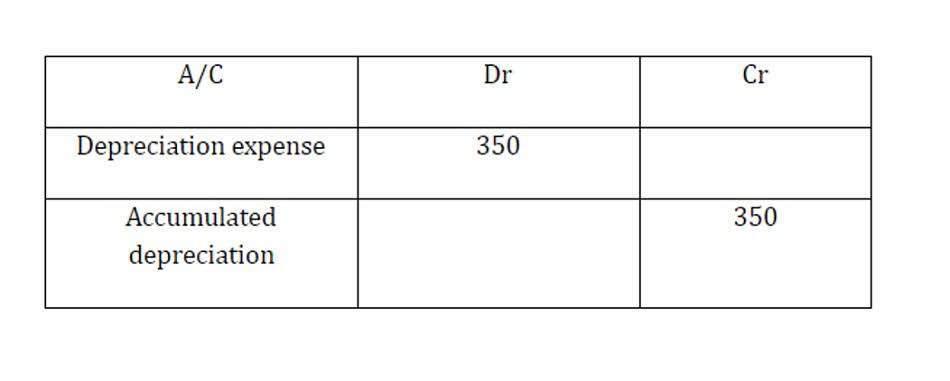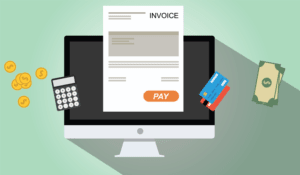Stock Dividends and Splits Financial Accounting

Since the gain is outside of the main activity of a business, it is reported as a nonoperating or other revenue on the company’s income statement. Also a stockholders’ equity account that usually reports the cost of the stock that has been repurchased. The certificate would indicate the type of stock (common, preferred), any restrictions pertaining to the sale of the stock, the number of shares, the par value, etc. Today, the larger corporations with many shareholders are likely to use electronic records instead of issuing the paper stock certificates.

Weighted-Average Number of Shares of Common Stock

A company would primarily pursue this corporate action to bump its per-share price. Firstly, to avoid being delisted from a stock exchange for not meeting the minimum bid price required for a listing. Secondly, to attract big investors, as many institutional investors and mutual funds have policies against investing in stocks priced below a preset minimum per share. Generally a long term liability account containing the face amount, par amount, or maturity amount of the bonds issued by a company that are outstanding as of the balance sheet date. The amount at which the holder of preferred stock or bonds must large stock dividends and stock splits are issued primarily to: sell the stock or bonds back to the issuing corporation. The call price might be the face or par amount plus one year’s interest or dividend.
- If a supplier sold merchandise to a company on credit, the supplier is a creditor.
- The date the board declares the dividend is known as the declaration date and it is on this date that the liability for the dividend is created.
- An alternative to having Appropriated Retained Earnings appearing on the balance sheet is to disclose the specific situation in the notes to the financial statements.
- That part of the accounting system which contains the balance sheet and income statement accounts used for recording transactions.
- It will contain the date, the account name and amount to be debited, and the account name and amount to be credited.
- Immediately after the distribution of a stock dividend, each share of similar stock has a lower book value per share.
What is a reverse stock split?
Corporations are organized in, and are regulated by, one of the fifty states. Because laws differ somewhat from state to state, accounting for corporations also differs somewhat from state to state. The accounting term that means an entry will be made on the left side of an account. Officers of a corporation are appointed by the board of directors to execute the policies that have been established by the board of directors. The officers include the chief executive officer (CEO), the chief operations officer (COO), chief financial officer (CFO), vice presidents, treasurer, secretary, and controller. The term that refers to the stock of a QuickBooks corporation which is traded on the stock exchanges (as opposed to stock that is privately held among a few individuals).

How does a company decide when it is going to split its stock?
- The 2-for-1 stock split will cause the quantity of shares outstanding to double and, in the process, cause the market price to drop from $80 to $40 per share.
- Therefore, you should always consult with accounting and tax professionals for assistance with your specific circumstances.
- When it comes to dividends and liquidation, the owners of preferred stock have preferential treatment over the owners of common stock.
- Sales are reported in the accounting period in which title to the merchandise was transferred from the seller to the buyer.
- They merely decrease retained earnings and increase paid-in capital by an equal amount.
It is important to note that there is no entry to record the liability for dividends until the board declares them. The record date merely determines the names of the stockholders that will receive the dividends. Dividends are paid only on outstanding shares of stock; no dividends are paid on the treasury stock. In May 2011, Citigroup reverse split its shares 1-for-10 in an effort to reduce its share volatility and discourage speculator trading. The reverse split increased its share price from $4.52 pre-split to $45.12 post-split and every 10 shares held by an investor was replaced with one share.

- One of these ways is implementing a corporate action called a stock split.
- This can increase liquidity, broaden the shareholder base, and make the stock more attractive to small investors.
- To illustrate this rule, let’s look at several transactions where treasury stock is sold for less than cost.
- At the balance sheet date, the corporation had cumulative net income after income taxes of $40,000 and had paid cumulative dividends of $12,000, resulting in retained earnings of $28,000.
- The term that refers to the stock of a corporation which is traded on the stock exchanges (as opposed to stock that is privately held among a few individuals).
Since the balance sheet amounts reflect the cost and matching principles, a corporation’s book value is not the same amount as its market value. For example, the most successful brand names and logos of a consumer products company may have been developed in-house. Since they were not real estate cash flow purchased, their high market values are not included in the corporation’s assets. Other long-term assets may have appreciated in value while the accountant was depreciating them. Therefore, they may appear on the balance sheet at a small fraction of their fair market value.
- If the corporation was profitable in the accounting period, the Retained Earnings account will be credited; if the corporation suffered a net loss, Retained Earnings will be debited.
- The earnings per share calculation is the after-tax net income (earnings) available for the common stockholders divided by the weighted-average number of common shares outstanding during that period.
- Stock dividends do not affect the individual stockholder’s percentage of ownership in the corporation.
- The book value of one share of cumulative preferred stock is its call price plus any dividends in arrears.
- There are 10,000 authorized shares, of which 2,000 shares had been issued for $50,000.
- The two shares combined are worth the same as the one you started with, and the value of your investment remains unaffected.
Apple stock split

Any proceeds that exceed the par value are credited to another stockholders’ equity account. This required accounting (discussed later) means that you can determine the number of issued shares by dividing the balance in the par value account by the par value per share. As a result, stock splits help make shares more affordable to small investors and provides greater marketability and liquidity in the market. Let’s look at the stockholders’ equity section of a balance sheet for a corporation that has issued only common stock. There are 10,000 authorized shares, of which 2,000 shares had been issued for $50,000. At the balance sheet date, the corporation had cumulative net income after income taxes of $40,000 and had paid cumulative dividends of $12,000, resulting in retained earnings of $28,000.
